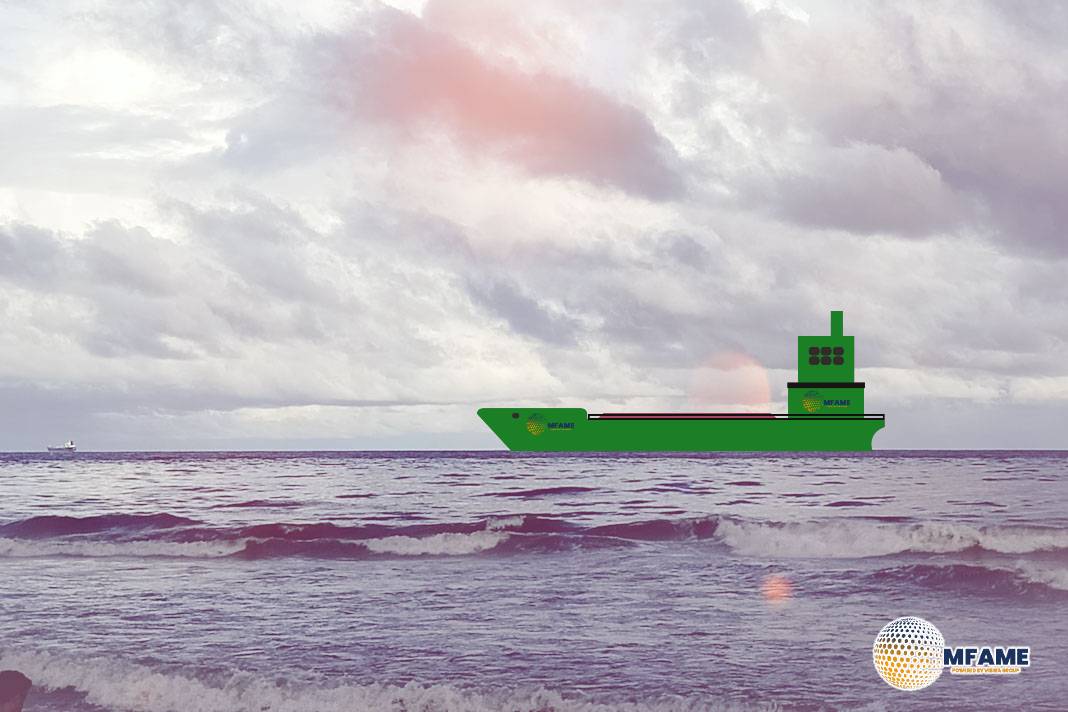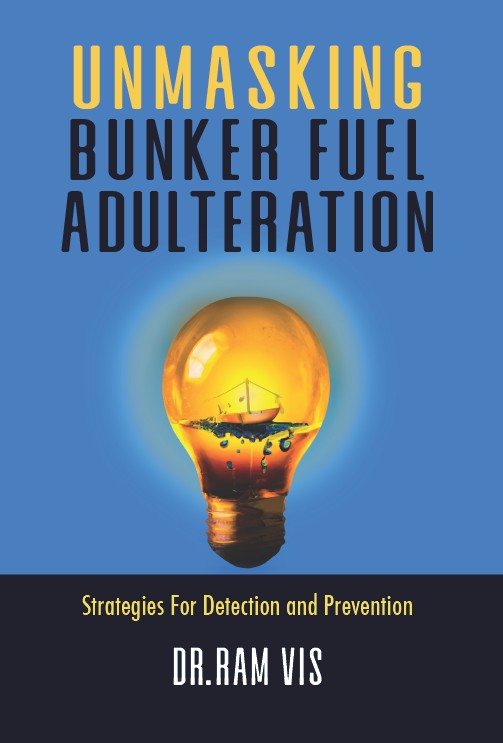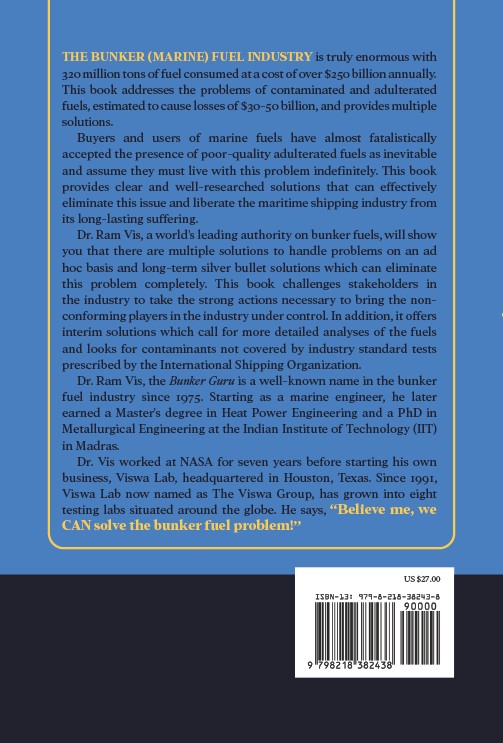- Methanol biodegrades faster than oil.
- Economic losses include port closures and property damage.
- Claims arise mainly from fire, explosion, and health risks.
The Standard European Behaviour Classification (SEBC) categorises methanol as a dissolver that evaporates (DE). In case of a spill, emergency response measures will first address its hazardous properties, followed by actions related to its classification, reports Safety4Sea,
Spread and Dissolution in Water
When spilt, methanol spreads rapidly over the water surface, dissolving into the water column while simultaneously evaporating. Unlike lighter fuels such as LNG and hydrogen, methanol vapours do not rise immediately but remain close to the surface, forming a large flammable cloud that depends on the spill rate and meteorological conditions.
Dissipation and Biodegradation
Methanol quickly disperses in open water and reaches a nontoxic level of less than 1% much faster than petroleum hydrocarbons. Researchers suggest that it has a half-life range between one and seven days, primarily caused by biodegradation. Microorganisms metabolize methanol into formaldehyde, and further into formic acid before breaking it down into carbon dioxide and water. Volatilisation also contributes to decomposition.
Flammability Hazards
Methanol is extremely flammable. It has a broad flammability range from 6 to 36.5% v/v. Methanol has a flashpoint of 12°C. This can ignite at any temperature. Another hazard is the near invisibility of methanol flames in daylight.
In open spaces, leaked methanol spreads in a thin layer, making only a small area flammable. However, in confined spaces where vapours cannot dissipate, even small leaks can create dangerous conditions. If vapours mix with air between the lower and upper flammability limits (LFL-UFL), they can sustain a flame upon ignition. Immediate ignition could result in a flash fire that burns until all fuel is consumed.
Explosivity Risks
Methanol has a relatively wide explosive range, from 6 to 36.5% v/v. Therefore, minor leaks could lead to large combustion risks. Accumulation in enclosed spaces, for example, can cause ignition even from a spark or a hot surface and lead to DDT and possibly a major explosion.
Where methanol vapour ignites, the explosion can create overpressure, leading to structural damage and hazards from flying debris. Methanol in tanks could also experience a Boiling Liquid Expanding Vapor Explosion (BLEVE) when the temperature is above its boiling point (64.5°C) and pressure-relief mechanisms fail.
Asphyxiation Hazards
Methanol vapours, being denser than air, can accumulate in confined spaces, displacing oxygen and leading to asphyxiation. In unventilated areas, these vapours do not dissipate easily, increasing risks for those exposed.
Toxicity Risks
Methanol exposure occurs primarily through inhalation or skin contact. Mild exposure symptoms resemble alcohol intoxication, including headaches, dizziness, nausea, and blurry vision. However, severe exposure can result in:
- Violent abdominal pain
- Blindness (temporary or permanent)
- Coma
- Death due to respiratory failure
Toxic effects occur when methanol is metabolized to formaldehyde and formic acid, the major toxic agents. Inhalation exposure necessitates prolonged exposure to high concentrations—about 3,000 ppm for 8 hours or 20,000 ppm for 1 hour—to produce severe effects.
Ecotoxicity and Environmental Impact
Methanol’s rapid dissipation in water reduces its environmental impact compared to oil spills. It has low aquatic toxicity and does not bioaccumulate significantly. However, in enclosed or sheltered waters, microbial degradation of methanol may temporarily deplete oxygen, causing hypoxic or anoxic conditions.
Claims from Spill Response and Cleanup
Unlike oil spills, methanol spills do not require prolonged cleanup efforts. Instead, claims may arise from:
- Firefighting operations
- Source control measures
- Monitoring using UAVs, ROVs, and expert modelling
- Potential removal of bunker fuel
Personal Injury and Loss of Life Claims
Due to methanol’s flammability, explosivity, and toxicity, spills can lead to severe injuries or fatalities among crew members, passengers, port workers, and the public. Claims for personal injury and loss of life could be substantial.
Environmental Damage Claims
Unlike oil spills, methanol spills typically have localized environmental impacts. However, post-spill studies may still be required to assess damage. Restoration measures, if necessary, are expected to be minimal and geographically confined. Property damage claims may result from fires or explosions, necessitating costly structural repairs or replacements.
Economic Loss Claims
- Economic losses from a methanol spill could include:
- Port disruptions leading to demurrage costs
- Property damage from fires or explosions
- Aquaculture losses due to stock mortality
- Fishing bans impacting local fisheries
- Impacts on commercial water intakes and tourism
Did you subscribe to our daily Newsletter?
It’s Free Click here to Subscribe!
Source: Safety4Sea

















